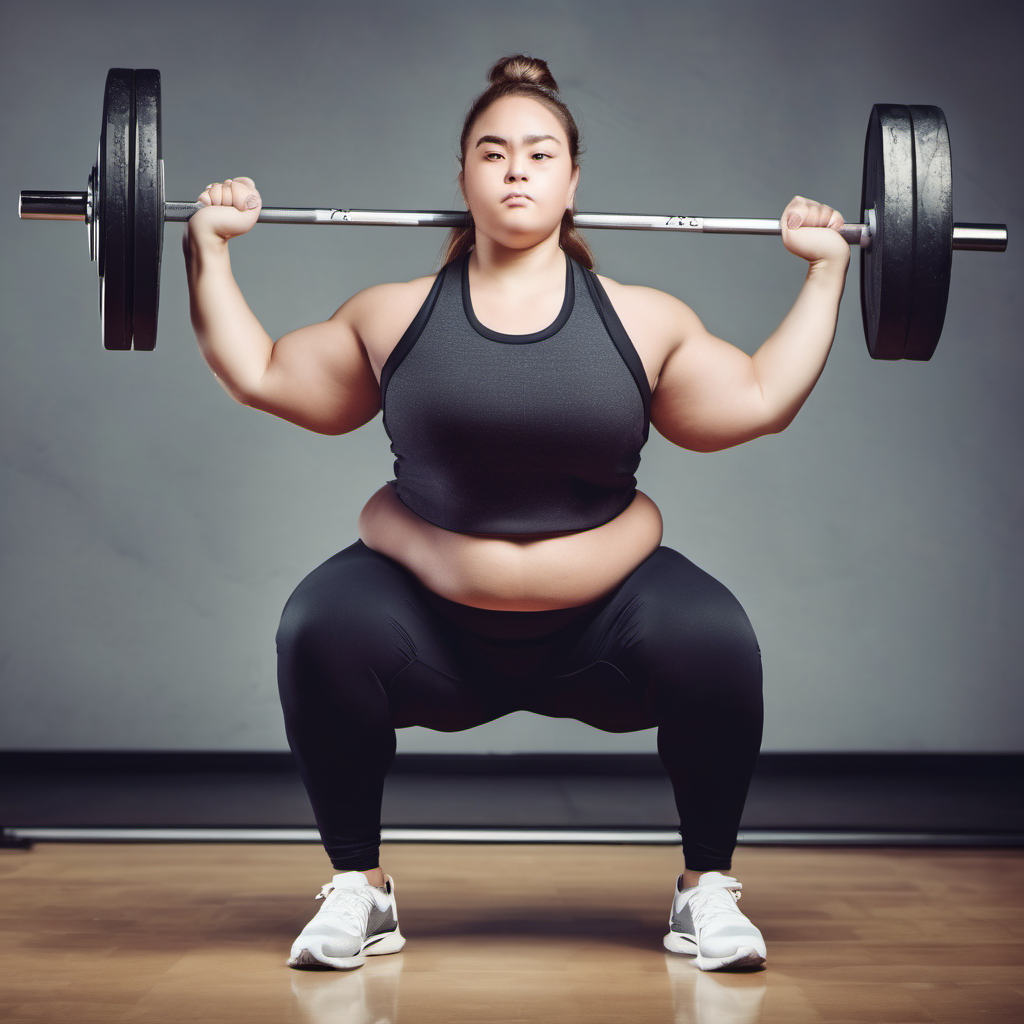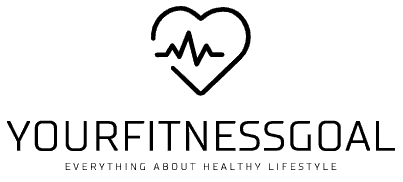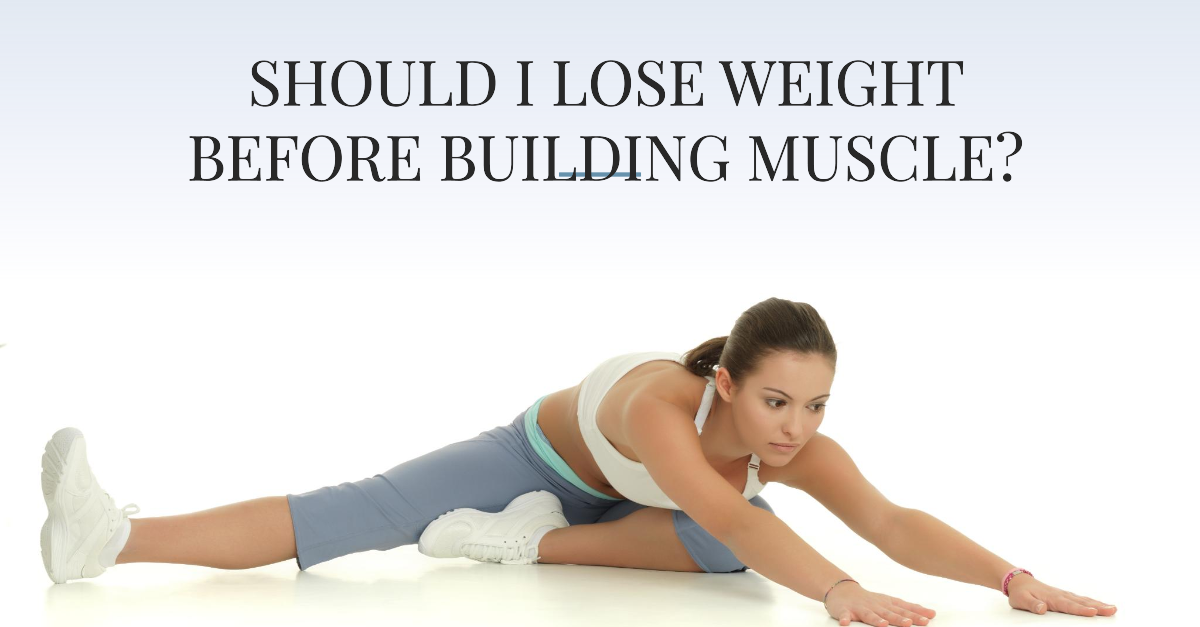Introduction
One of the biggest questions in fitness is whether to lose weight before building muscle or to focus first on muscle gain. This is a dilemma common to most people who are interested in improving their body composition for health reasons or aesthetics. However, there isn’t any straightforward answer to this but one that rather lies in the hands of individual factors such as body fat percentage, fitness goals, and overall health. This article will go into further detail regarding that and provide the best possible guidance to make a decision for your fitness journey. Additionally, it talks about common myths, such as whether muscle can turn into fat, and talks about the strategies regarding how one can manage weight loss and muscle gain effectively.
Understanding Body Composition
Body Weight vs. Body Composition
Body weight is the total mass of an individual, including fat, muscle, bone, and other tissues. In contrast, body composition deals with the percentage of fat versus lean mass—the muscle, bone, and water mass in the body. Improving body composition deals with the reduction of fat mass while increasing or maintaining lean mass, which is healthier and aesthetically more pleasing.
Importance of Muscle Mass
Muscle mass is an essential component of overall health and a strong metabolism. It allows for a more significant metabolic rate, supports joint health, and improves physical performance. Gaining muscle should be one’s prime priority for anyone trying to improve their body composition, regardless of how much weight they need to lose.
Should I Lose Weight Before Building Muscle?
Factors to Consider
Current Body Fat Percentage
One of the most important variables here is your current body fat percentage. If you have a high body fat percentage (for women, above 25%, and for men, above 20%), it may be more sensible to start losing fat. This is due to the fact that if you have a higher body fat percentage, it will be more challenging to see muscle definition, even if you gain mass.
Fitness Goals
Your fitness goals come in a very close second. Suppose you are trying to upgrade your athletic performance. In that case, you may want to put the effort into building muscle first. Increased muscle mass can bring you more strength, power, and endurance. However, if your goal is to be more aesthetically fit or to have a leaner body, you may want to prioritize fat loss.
Pros and Cons of Losing Weight First
Pros
Improved Muscle Definition: Reducing body fat can make your muscles more visible and defined.
Better Insulin Sensitivity: Lower body fat levels can improve insulin sensitivity, making it easier to build muscle.
Reduced Risk of Chronic Diseases: Lowering body fat can reduce the risk of obesity-related diseases such as diabetes and heart disease.
Cons
Potential Muscle Loss: Rapid weight loss can lead to muscle loss if done incorrectly.
Decreased Strength: Focusing solely on weight loss might lead to a temporary decrease in strength and performance.
Pros and Cons of Building Muscle First
Pros
Increased Metabolic Rate: More muscle mass means a higher resting metabolic rate, and that can help with long-term weight management.
Enhanced Strength and Performance: Building muscle can improve overall strength and athletic performance.
Better Body Composition: Gaining muscle can improve body composition, even if the scale doesn’t show significant weight loss.
Cons
Fat Gain: Building muscle generally requires a calorie surplus, which can lead to fat gain if not managed properly.
Less Immediate Aesthetic Improvement: Muscle gain without simultaneous fat loss may not result in immediate aesthetic improvements.
Turning Fat into Muscle

People always think that it’s possible to turn fat into muscle or vice versa. In fact, fat and muscle are two totally different tissues. Therefore, neither can turn into the other. Instead, the processes of gaining muscle and losing fat occur simultaneously but independently.
Mechanisms of Muscle Gain
Muscle gain, or hypertrophy, occurs when muscle fibers increase in size due to the training of resistance and adequate nutrition. This process requires a stimulus, such as weight lifting, sufficient protein intake, and an often required calorie surplus to provide energy for growth.
Mechanisms of Fat Loss
Fat loss occurs when the body burns more calories than it consumes, leading to a calorie deficit. This deficit forces the body to use stored fat for energy, reducing overall fat mass.
Strategies to Manage Weight Loss and Muscle Gain
Caloric Intake and Macronutrient Balance
In order to manage both weight loss and muscle gain effectively, balancing caloric intake and macronutrient distribution is required.
Caloric Deficit for Fat Loss
A moderate caloric deficit, typically 500 calories per day, can promote steady fat loss without impacting muscle mass to a large degree. This can be combined with a high-protein diet to help preserve muscle in weight loss.
Caloric Surplus for Muscle Gain
A slight caloric surplus of around 250-500 calories per day is recommended for muscle gain. This surplus should be combined with a balanced intake of protein, carbohydrates, and healthy fats to support muscle growth and recovery.
Sleep and Recovery Practices of Athletes
Proper sleep and recovery are important for both muscle gain and fat loss. Sleep helps regulate hormones that control hunger, stress, and muscle recovery. It is essential for athletes and individuals engaged in intense training to get 7-9 hours of quality sleep per night. See the study on Sleep and Recovery Practices of Athletes for more details.
Exercise Strategies
Resistance Training
Resistance training, such as weight lifting, is required for muscle building. It provides the necessary stimulus for muscle growth and helps in maintaining muscle mass during weight loss. A well-rounded resistance training program should include exercises for all major muscle groups, which include compound and isolation exercises.
Cardiovascular Exercise
One of the most beneficial cardio exercises for weight loss entails an increased expenditure of calories. However, too much cardio can interfere with your muscle-building activities. Thus, what is better is to balance your cardio along with a substantial amount of resistance training to achieve an excellent trade-off between fat loss and muscle preservation.
Nutrition and Supplementation
Protein Intake
Protein is essential for muscle repair and growth. Aim to consume at least 1.6-2.2 grams of protein per kilogram of body weight per day. High-quality protein sources include lean meats, fish, dairy, eggs, and plant-based proteins like beans and lentils.
Carbohydrates and Fats
Carbohydrates power your muscles’ workout and aid in recovery. Healthy fats support hormone production and overall health. A balanced diet should include a variety of nutrient-dense foods from all macronutrient groups.
Creatine for Weight Loss
One of the famous supplements through which you can support your muscle gain by providing extra energy for high-intensity workouts is creatine. You can also use it for preserving muscle mass in phases of weight loss. For more on benefits, refer to the article on Creatine for Weight Loss.
Prevention of Over-Feeding and Overtraining
Over-Feeding
Excessive caloric surplus will lead to too much fat gain. Always be mindful of your daily caloric intake to adjust it for the right amount required to support muscle growth without gaining a significant amount of fat. Read this study for more information on over-feeding.
Mechanisms of Overtraining
The most common ways of preventing muscle growth are through overtraining. However, overtraining can bring about several other issues, including an increased risk of injuries. Overtraining occurs when the intensity and volume of training exceed the ability of the body to recover. The symptoms of overtraining are persistent fatigue, decrease in performance, and risks in getting injured. You should include rest days in your training schedule and learn the signals of your body. Learn more about the mechanisms of overtraining.
Practical Advice for Balancing Fat-Loss and Muscle Gain
Set Achievable Goals
Your goal should focus on fat loss and muscle gain. Your goals should be specific, measurable, and achievable. You must understand that these take time and practice.
Monitor Progress
Track your progress through measures such as body measurements, progress photos, and strength gains in the gym. Make adjustments in the needed areas of your plan.
Get Professional Guidance
Get professional guidance from a registered dietitian and a certified personal trainer to customize a plan that suits your goals and needs. Professional guidance will help you maximize your diet and exercise routine.
Be Patient and Consistent
Consistency is crucial in any fitness goal. You must be patient with your progress since it doesn’t happen overnight. You must remember that sustainable changes matter most, not quick changes.
Conclusion
In individual circumstances, certain factors such as body fat percentage, fitness goals, and the general pros and cons that accompany both approaches can determine whether to lose weight before gaining muscle. A balanced approach often seems to integrate elements of both fat loss and muscle gain for the best strategy. Proper nutrition, effective training, adequate recovery, and consistent effort will get you a healthier and more aesthetically pleasing body composition.
A balanced approach to weight loss and muscle gain involves understanding caloric intake and macronutrient balance, exercise strategies, and recovery. Understanding how each interacts and plays a role in your health and fitness will help you make those informed decisions to get you closer to your fitness goals. So, whether you lose the weight first and then build muscle or vice versa, the key is to stick to a well-rounded and sustainable plan.
FAQ’s
- How to lose weight and build muscle?
To lose weight and build muscle, focus on a balanced diet with adequate protein, engage in regular resistance training, and maintain a moderate caloric deficit. Incorporate cardiovascular exercises to enhance fat loss while preserving muscle mass.
- How to gain muscle and lose fat?
Gaining muscle while losing fat involves eating a nutrient-rich diet with sufficient protein, following a structured weight training program, and incorporating HIIT or moderate cardio. Ensure you’re in a slight caloric surplus or maintenance level for muscle gain while adjusting for fat loss through exercise intensity.
- Should I lose weight before building muscle woman?
Whether a woman should lose weight before building muscle depends on her body fat percentage and goals. If the body fat percentage is high, focusing on fat loss first can help reveal muscle definition. If it’s moderate, combining both strategies might be more effective.
- Can you turn fat into muscle?
No, you cannot turn fat into muscle. Both fat and muscles represent different tissue types. So, what you have to do is get rid of fat with a calorie deficit and cardio while you grow your muscles with resistance training and proper nutrition.

Hey, y’all! I’m Akshay!
I’m SO excited you’re here! I’m super passionate about nutrition and specialize in teaching others how to lose weight through healthy, low-carb eating along with Yoga and exercises. Here at Yourfitnessgoal, we believe in quality over quantity and that diet is EVERYTHING when it comes to your health and well-being. In short, we believe in a Fit and healthy lifestyle.

